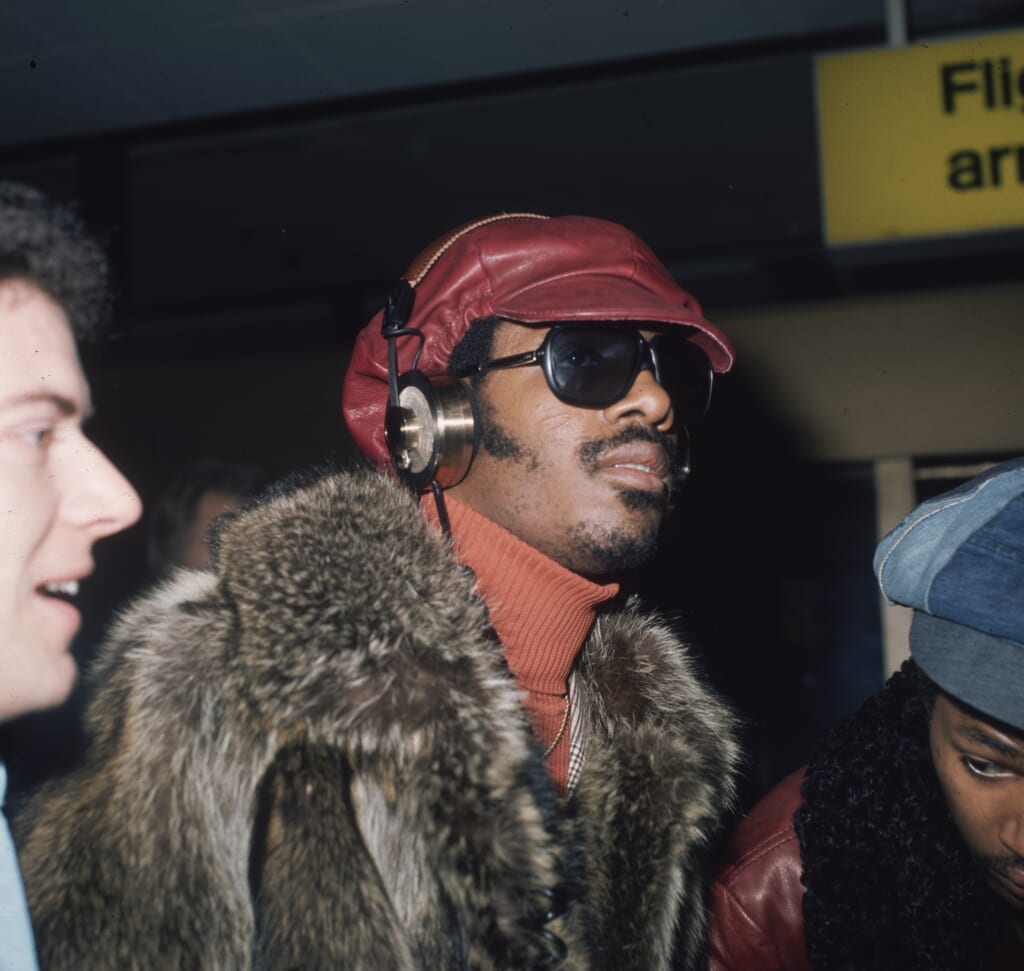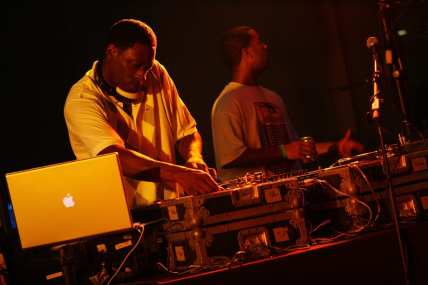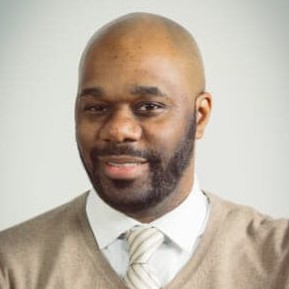50 years of ‘Talking Book:’ How Stevie Wonder married emotions with machines
OPINION: To celebrate the 50th anniversary of Stevie Wonder's Grammy Award-winning album "Talking Book," theGrio breaks down how he used synthesizers to maximize the orchestral capabilities and emotive expression of Black music.
Editor’s note: The following article is an op-ed, and the views expressed are the author’s own. Read more opinions on theGrio.
Today, we take for granted that producers can craft beats using an unlimited assortment of timbres and patches with the use of a single keyboard. Producers like Timbaland, Teddy Riley, Jimmy Jam, Terry Lewis and many others were able to craft hits and make sound signatures, thanks to these condensed music contraptions that house countless tones and instrumental facsimiles.
They owe a huge debt of gratitude to Stevie Wonder for introducing that possibility.
What set Wonder apart from his peers was his songcraft and production skills. His prodigious blend of electronics and live instrumentation, each coming mostly from himself, has allowed listeners to experience and relate to his lyrics at a maximum level of empathy and immersion.
Fifty years ago, that amalgam of soul and science was manifested with the release of two albums: “Music of My Mind” on March 3, 1972 and “Talking Book” on October 27, 1972. The former introduced the world to Wonder’s new sound, but the latter was a major pop music breakthrough that showed that Wonder was able to give a pulse to these lifeless devices.
Wonder has been the north star of many artists of various genre, whether they were drawing from his miraculous, melismatic vocal power, the uncanny sincerity of his songwriting or the inspiration of his artistic and business independence.

While Wonder himself did not invent synthesizers — nor was he the first artist ever to use them on record — he was the one who had the vision to utilize them in a way that few, if any, other Black artists had at the time.
By the early 1970s, Miles Davis, Sly Stone and Jimi Hendrix were pushing the envelope to achieve new sound with live instruments. Wonder, who had stacked up many hits for Motown by 1971, was growing more adventurous and pushed for creative freedom to broaden his talents.
His journey to creating a new template of Black music began in 1971 after he heard an album by Malcolm Cecil and Robert Margouleff, otherwise known as the TONTO’s Expanding Head Band.
TONTO was a multi-timbral polyphonic analog synthesizer, a contraption that Cecil crafted that was so large that it filled a room. When the 21-year-old Wonder heard their album “Zero Time,” he knew that this was his way to distinguish himself from the Motown assembly line.
Together, the three went on a whirlwind recording frenzy that lasted three years and produced four albums. The first was “Music of My Mind,” featuring Wonder playing every instrument (save a guest guitarist and trombonist) while also writing producing, arranging every note and all of the lyrics on six of the nine tracks.
That album’s first single, “Superwoman (Where Were You When I Needed You),” showed Wonder’s big leap. It wasn’t a song as much as a mini-suite with three movements. The cranberry-colored tinges of ambient synthesizers opened up a new realm of orchestral potential in pop music.
More important, the song and album at large illustrated that Wonder could use TONTO to pair with the emotions of his introspective, contemplative lyrics with more accurate precision.
In the book, “A Musical Guide to The Classic Albums,” he said the synthesizers afforded him the opportunity “to do things I’ve wanted to do for a long time, but which weren’t’ possible,” describing the Moog synthesizer itself as a means to “directly express what comes from your mind.”
By the time he released “Talking Book,” Wonder had refined his familiarity with the synthesizers, just as his songwriting skills went into a new gear. Although he invited a few more musicians for these sessions, Wonder is still clearly the one-man-band that the world watch him become.
Part of Wonder’s innovation came from his foresight to use synthesizers as their own entities, rather than replacements for existing instruments. Herbie Hancock marveled at Wonder’s electronic application on an episode of “Classic Albums: Songs in the Key of Life:”
“I’m always intrigued by his orchestral use of synthesizers. He doesn’t fall into a certain trap that I often fall into. I often try to duplicate acoustic sounds on the synthesizer. I try to make the strings sound like real strings or try to make the brass sound like real brass. And Stevie lets the synthesizers be what they are; something that’s not acoustic.”
“Talking Book’s” opener, “You Are the Sunshine of My Life,” is the ultimate red herring. The warm Fender Rhodes chords and congas; the live, steady bassline as Wonder sang so jovially about the “apple of my eye” on this Billboard Hot 100 chart topper is so comforting. But the remaining nine cuts were an onslaught of bleakness, cynicism and conflict.
On its surface, the album’s centerpiece and second Billboard Number 1, “Superstition,” is an infectious funk tune, ripe for crossover success. But Wonder’s harmonic layering of clavinets and driving muted Moog bass fused with a dramatic horn line showcased his peerless ability of arrangement, while the lyrics were a cautionary plea to those who blindly follow “things that you don’t understand.”
Many of these overtones stemmed from Wonder’s personal life. His marriage with collaborator Syreeta Wright was about to end and much of the energy seeped into the recording sessions.
Wright had contributed lyrics to some of Wonder’s biggest hits, like “If You Really Love Me,” “Never Dreamed You’d Leave in Summer” and “It’s a Shame” for The Spinners. This time around, her contributions to “Talking Book” — “Blame It on the Sun” and “Lookin’ For Another Pure Love” — perhaps expressed her response to Wonder’s aloofness and neglect.

Why DJs make great music producers
Wonder singing the lyrics that his soon-to-be-ex wrote bemused some and was preposterous to others. However, he made it work. He formulated the proper melodic tapestry to her lyrics and sang them with the attention they deserved, even if it was likely an indictment of his own behavior.
Wonder seemed to respond to Wright with own lyrics of woe, though. Armed with TONTO, a piano, drums and a harmonica, he crafted “Maybe Your Baby,” a rock-leaning funk workout that expressed the paranoia of losing his love to another. “Tuesday Heartbreak” found Wonder masking his longing for a woman with another man with his patent charisma.
With only a piano and an Arp synth, Wonder’s “You and I” had the emotional heft and complexity of a symphonic opera. That song, along with the closer “I Believe (When I Fall In Love It Will Be Forever)” — love ballads on the surface — were tinged with poetic expressions of doubt, longing and a yearning to be pulled from despair and loneliness. Without the incorporation of the synths on those tracks, the listener couldn’t absorb the fullness of Wonder’s messaging.
After “Talking Book,” Wonder not only continued to dominate the music charts on the way to becoming the youngest artist to be inducted into the Rock & Roll Hall of Fame at age 39, he inspired others to follow suit with his synth applications.
For the rest of the ’70s and into the 21st century, artists like Parliament’s Bernie Worrell, Zapp’s Roger Troutman and Prince, as well as The Neptunes and Swizz Beatz have benefitted from Wonder’s innovation.
Thanks to “Talking Book” and “Music of My Mind” right before it, the realm of possibilities of musical imagination is boundless.

Matthew Allen is an entertainment writer of music and culture for theGrio. He is an award-winning music journalist, TV producer and director based in Brooklyn, NY. He’s interviewed the likes of Quincy Jones, Jill Scott, Smokey Robinson and more for publications such as Ebony, Jet, The Root, Village Voice, Wax Poetics, Revive Music, Okayplayer, and Soulhead. His video work can be seen on PBS/All Arts, Brooklyn Free Speech TV and BRIC TV.
TheGrio is FREE on your TV via Apple TV, Amazon Fire, Roku and Android TV. Also, please download theGrio mobile apps today!


